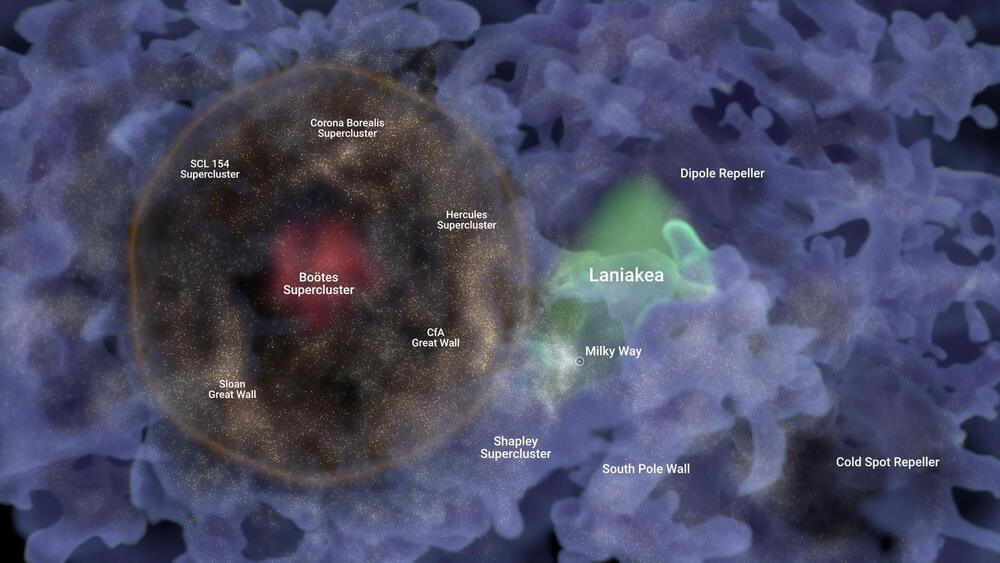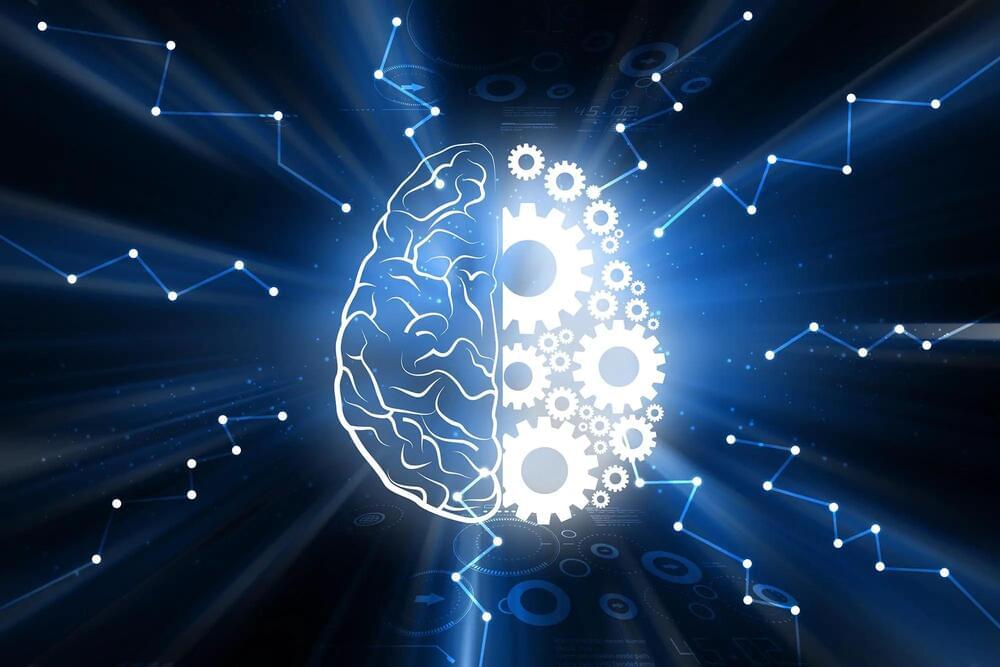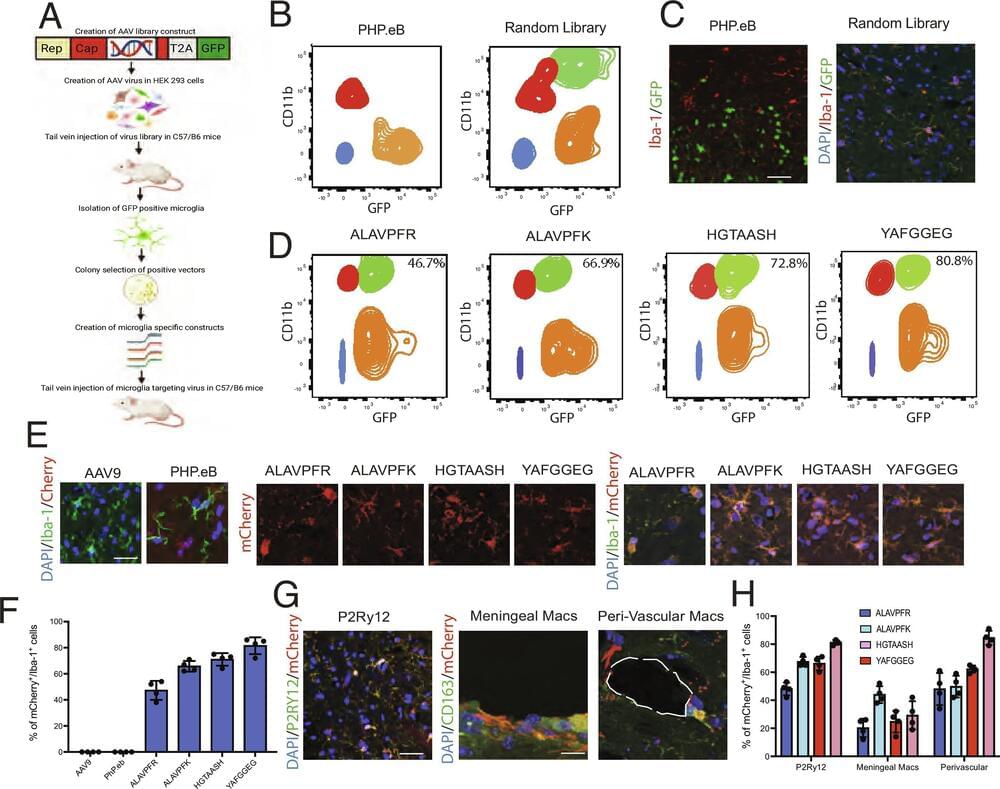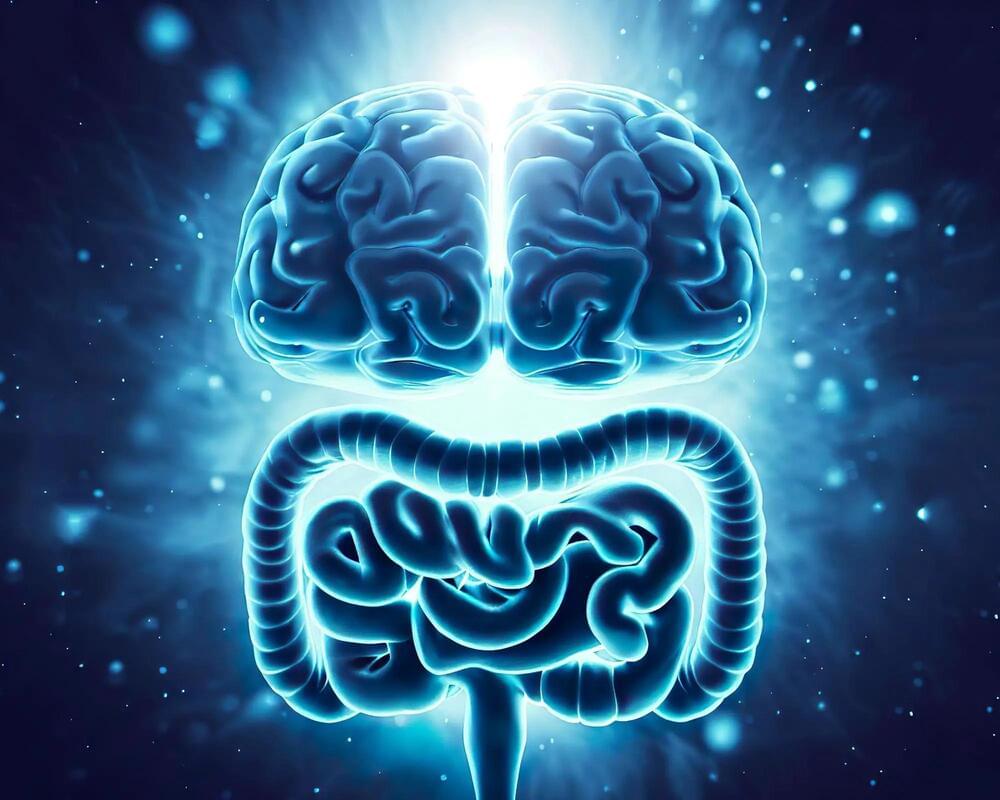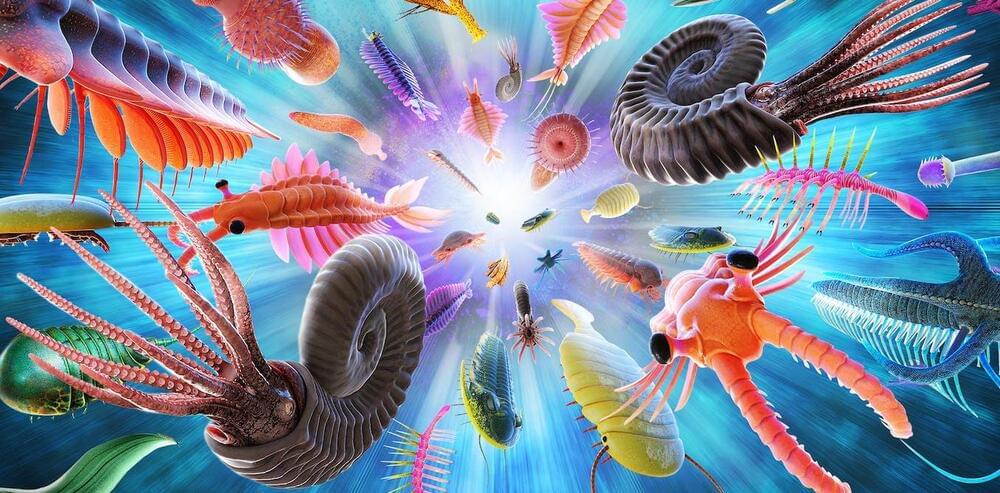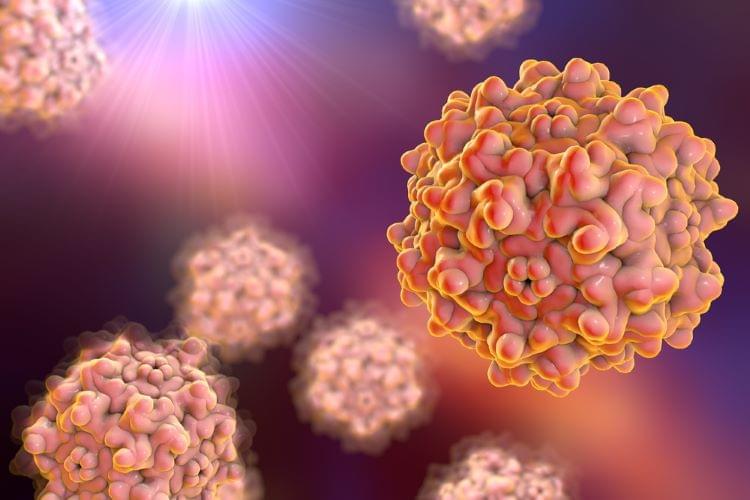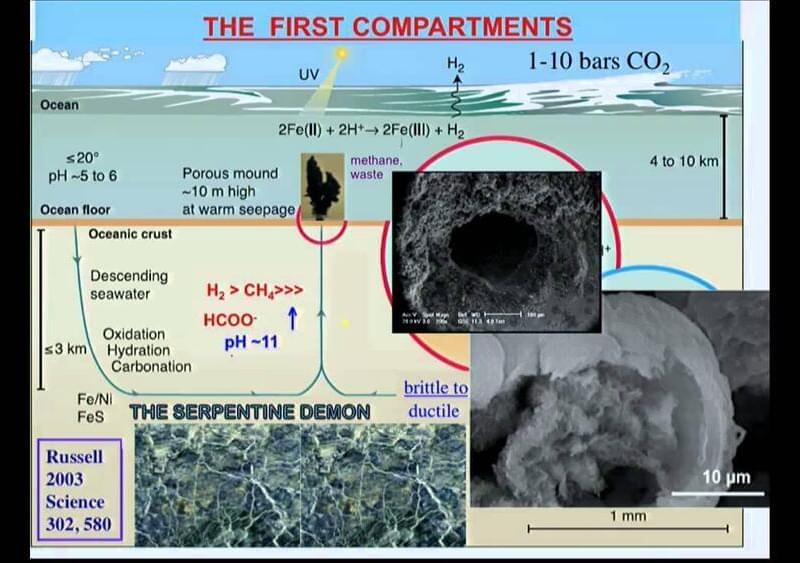Sep 16, 2023
Vast Bubble of Galaxies Discovered — Believed To Be a Remnant From the Universe’s Inception
Posted by Dan Breeden in categories: cosmology, evolution
Astronomers have identified an immense bubble, Hoʻoleilana, 820 million light years away. This structure, believed to be a remnant from the universe’s inception and larger than predicted, offers valuable insights into galaxy evolution and the universe’s expansion dynamics.
A University of Hawaiʻi-led discovery of an immense bubble 820 million light years from Earth is believed to be a fossil-like remnant of the birth of the universe. Astronomer Brent Tully from the UH Institute for Astronomy and his team unexpectedly found the bubble within a web of galaxies. The entity has been given the name Hoʻoleilana, a term drawn from the Kumulipo, a Hawaiian creation chant evoking the origin of structure.
The new findings published on September 5 in The Astrophysical Journal.
